

The avifauna of
Ireland included a total of 522 species as of the end of 2019 according to the Irish Rare Birds Committee (IRBC). Of them, 183 are rare, and 14 of the rarities have not been seen in Ireland since 1950. Three species were either introduced to Ireland or came to Ireland from another introduced population.
Ireland has a relatively low diversity of breeding birds due to its isolation. Several species such as the
tawny owl,
Eurasian nuthatch and
willow tit
The willow tit (''Poecile montanus'') is a passerine bird in the tit family, Paridae. It is a widespread and common resident breeder throughout temperate and subarctic Europe and across the Palearctic. The plumage is grey-brown and off-white w ...
which breed in
Great Britain have not been recorded. However, there are large colonies of
seabirds including important populations of
European storm-petrels,
northern gannets, and
roseate tern
The roseate tern (''Sterna dougallii'') is a species of tern in the family Laridae. The genus name ''Sterna'' is derived from Old English "stearn", "tern", and the specific ''dougallii'' refers to Scottish physician and collector Dr Peter McDoug ...
s. Other notable breeding birds include
corn crakes and
red-billed choughs. There are no
endemic species but there are endemic
subspecies
In biological classification, subspecies is a rank below species, used for populations that live in different areas and vary in size, shape, or other physical characteristics (morphology), but that can successfully interbreed. Not all species ...
of
white-throated dipper,
coal tit, and
Eurasian jay
The Eurasian jay (''Garrulus glandarius'') is a species of passerine bird in the crow family Corvidae. It has pinkish brown plumage with a black stripe on each side of a whitish throat, a bright blue panel on the upper wing and a black tail. The ...
.
Large numbers of wildfowl and waders winter in Ireland, attracted by its mild climate. About half the world population of the Greenland race of
greater white-fronted geese spend the winter there. During autumn, many migrating seabirds can be seen off the coasts including several species of
skuas,
shearwaters, and
petrels. Ireland's westerly position means that North American birds are regularly recorded in autumn.
This list's
taxonomic
Taxonomy is the practice and science of categorization or classification.
A taxonomy (or taxonomical classification) is a scheme of classification, especially a hierarchical classification, in which things are organized into groups or types. ...
treatment (designation and sequence of orders, families and species) and nomenclature (English and scientific names) are those of the
International Ornithological Congress
International is an adjective (also used as a noun) meaning "between nations".
International may also refer to:
Music Albums
* ''International'' (Kevin Michael album), 2011
* ''International'' (New Order album), 2002
* ''International'' (The T ...
(IOC) as of July 2021.
Many of the Irish names are taken from the National Terminology Database for Irish.
Population status symbols are those of the
Red List published by the
International Union for Conservation of Nature (IUCN). Except for endemic species, the symbols apply to the species' worldwide status, not their status solely in Hawaii or the status of listed Hawaiian subspecies. The symbols and their meanings, in increasing order of peril, are:
= least concern
= near threatened
= vulnerable
= endangered
= critically endangered
= extinct in the wild
= extinct
Ducks, geese, swans



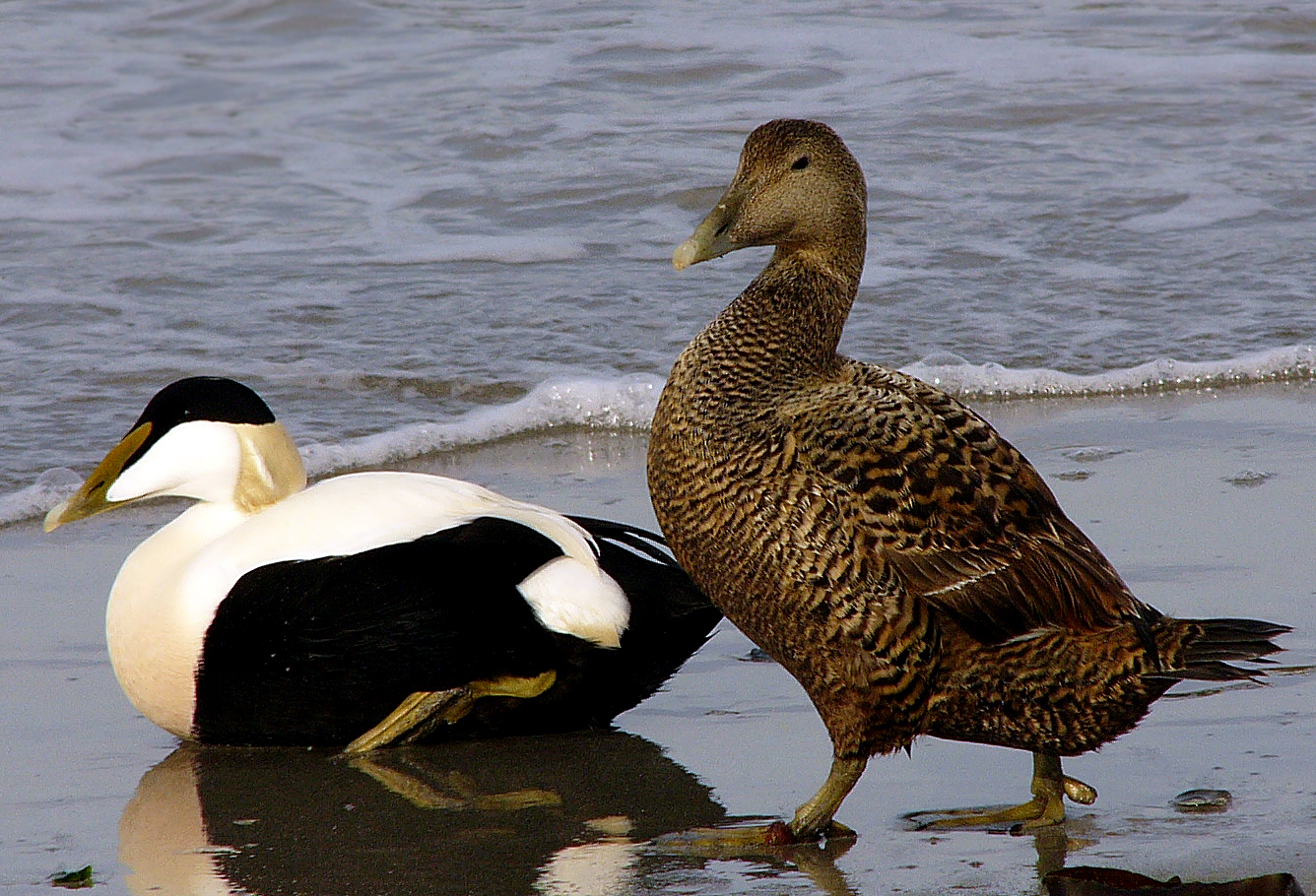
Order:
Anseriformes
Anseriformes is an order of birds also known as waterfowl that comprises about 180 living species of birds in three families: Anhimidae (three species of screamers), Anseranatidae (the magpie goose), and Anatidae, the largest family, which in ...
Family:
Anatidae
Anatidae includes the
ducks and most duck-like waterfowl, such as
geese and
swan
Swans are birds of the family (biology), family Anatidae within the genus ''Cygnus''. The swans' closest relatives include the goose, geese and ducks. Swans are grouped with the closely related geese in the subfamily Anserinae where they form t ...
s. These birds are adapted to an aquatic existence with webbed feet, flattened bills, and feathers that are excellent at shedding water due to an oily coating.
Pheasants and allies
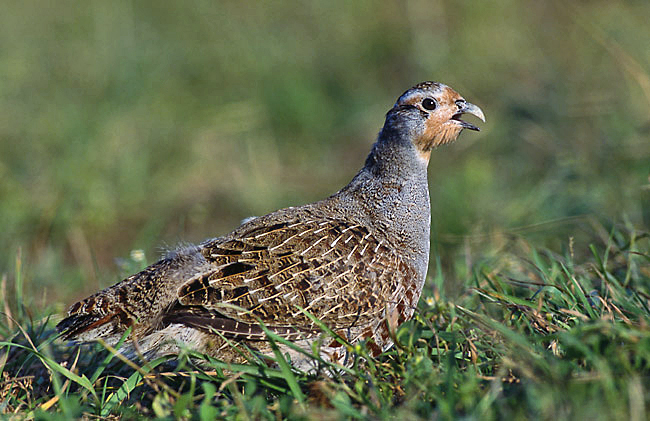
Order:
GalliformesFamily:
Phasianidae
The Phasianidae are a family (biology), family of heavy, ground-living birds, which includes pheasants, partridges, junglefowl, chickens, Turkey bird, turkeys, Old World quail, and peafowl. The family includes many of the most popular Game (hunti ...
The Phasianidae are a family of terrestrial birds which consists of
quails,
partridges,
snowcocks,
francolins,
spurfowl Spurfowl are two genera of birds:
* ''Galloperdix'', from India and Sri Lanka
* ''Pternistis
''Pternistis'' is a genus of galliform birds formerly classified in the spurfowl group of the partridge subfamily of the pheasant family. They are d ...
s,
tragopan
''Tragopan'' is a bird genus in the pheasant family Phasianidae. Member of the genus are commonly called "horned pheasants" because males have two brightly colored, fleshy horns on their head that can be erected during courtship displays. The ha ...
s,
monals,
pheasants,
peafowls, and
jungle fowls. In general, they are plump (although they vary in size) and have broad, relatively short wings.
Nightjars
Order:
CaprimulgiformesFamily:
Caprimulgidae
Nightjars are medium-sized nocturnal birds that usually nest on the ground. They have long wings, short legs, and very short bills. Most have small feet, of little use for walking, and long pointed wings. Their soft plumage is camouflaged to resemble bark or leaves.
Swifts
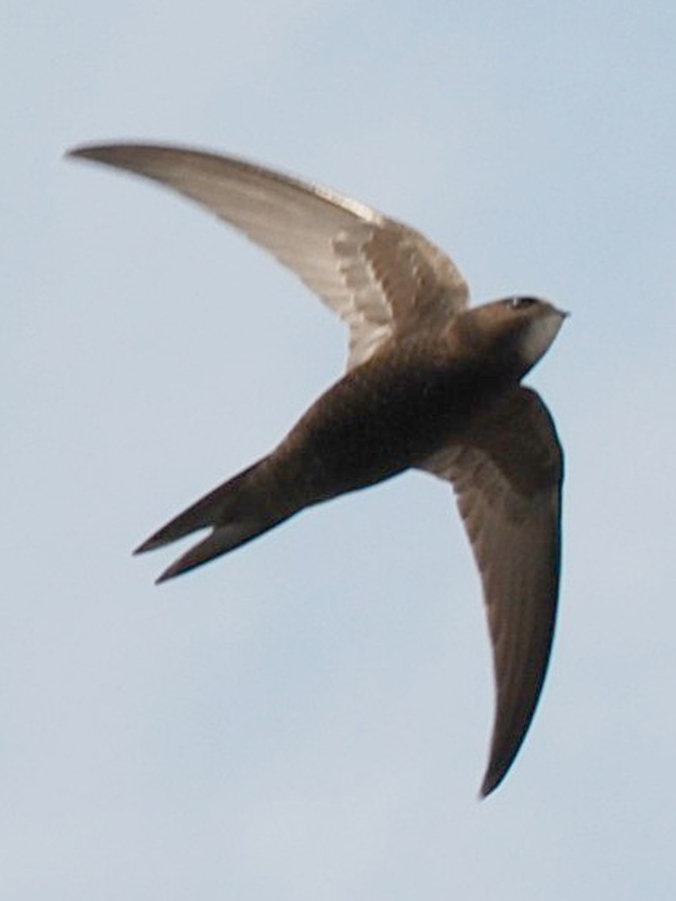
Order:
ApodiformesFamily:
Apodidae
Swifts are small birds which spend the majority of their lives flying. These birds have very short legs and never settle voluntarily on the ground, perching instead only on vertical surfaces. Many swifts have long swept-back wings which resemble a crescent or boomerang.
Cuckoos

Order:
CuculiformesFamily:
Cuculidae
The family Cuculidae includes
cuckoos,
roadrunners, and
anis
Anis ( ar, أنيس) is a masculine given name. The meaning of the name Anis is "genial" or "close friend".
People In arts
* Anis Mohamed Youssef Ferchichi, German rapper known as Bushido
* Anis Haffar, educational theorist, teacher, columnist ...
. These birds are of variable size with slender bodies, long tails, and strong legs. The Old World cuckoos are
brood parasite
Brood parasites are animals that rely on others to raise their young. The strategy appears among birds, insects and fish. The brood parasite manipulates a host, either of the same or of another species, to raise its young as if it were its own ...
s.
Pigeons and doves
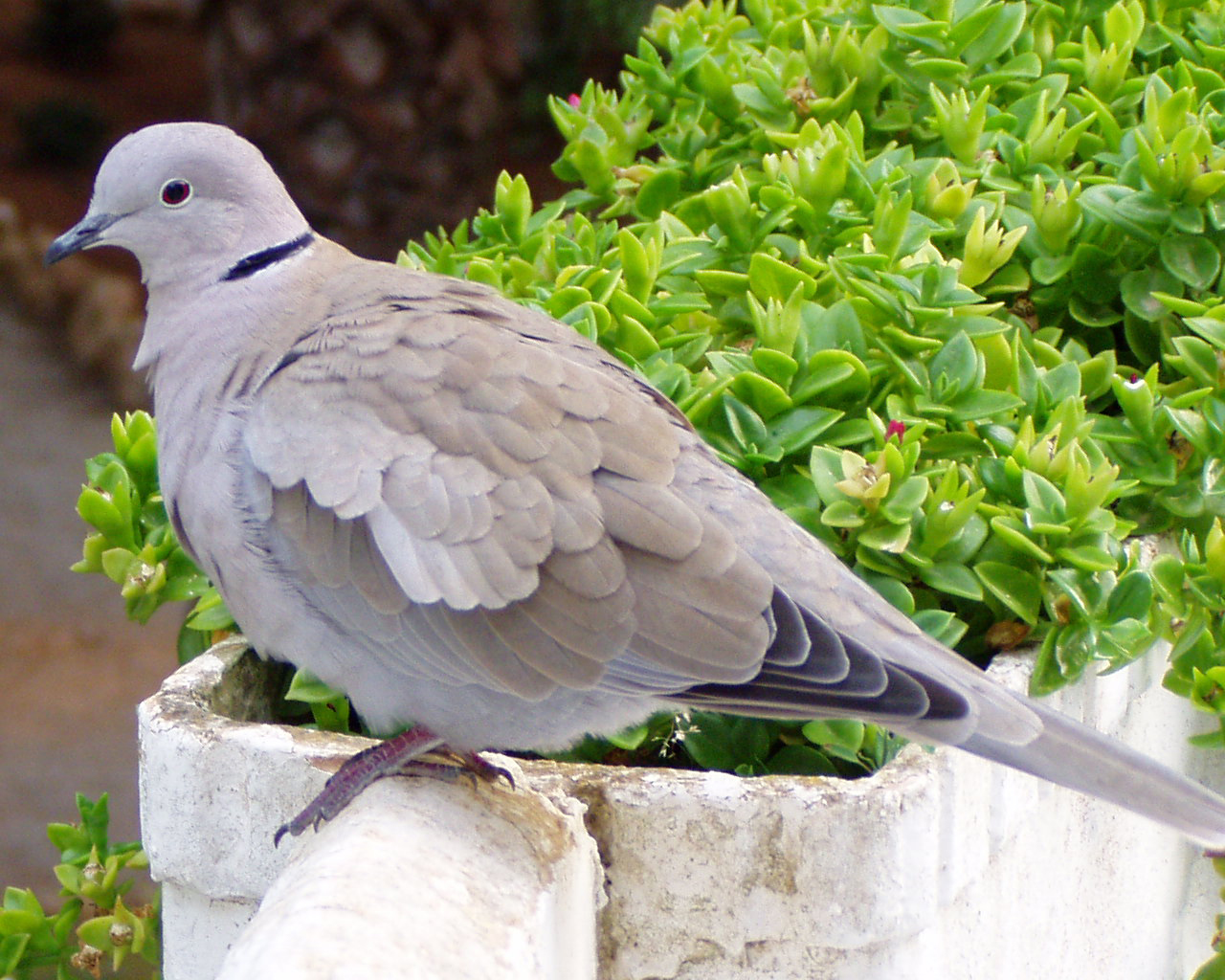
Order:
ColumbiformesFamily:
Columbidae
Pigeons and
doves are stout-bodied birds with short necks and short slender bills with a fleshy
cere.
Rails, crakes and coots

Order:
Gruiformes
The Gruiformes are an order (biology), order containing a considerable number of living and extinct bird family (biology), families, with a widespread geographical diversity. Gruiform means "crane-like".
Traditionally, a number of wading and t ...
Family:
Rallidae
Rallidae is a large family of small to medium-sized birds which includes the
rails,
crake
The rails, or Rallidae, are a large cosmopolitan family of small- to medium-sized, ground-living birds. The family exhibits considerable diversity and includes the crakes, coots, and gallinules. Many species are associated with wetlands, althoug ...
s,
coots, and
gallinules. Typically they inhabit dense vegetation in damp environments near lakes, swamps, or rivers. In general they are shy and secretive birds, making them difficult to observe. Most species have strong legs and long toes which are well adapted to soft uneven surfaces. They tend to have short, rounded wings and to be weak fliers.
Cranes
Order:
Gruiformes
The Gruiformes are an order (biology), order containing a considerable number of living and extinct bird family (biology), families, with a widespread geographical diversity. Gruiform means "crane-like".
Traditionally, a number of wading and t ...
Family:
Gruidae
Cranes are large, long-legged, and long-necked birds. Unlike the similar-looking but unrelated herons, cranes fly with necks outstretched, not pulled back. Most have elaborate and noisy courting displays or "dances".
Grebes
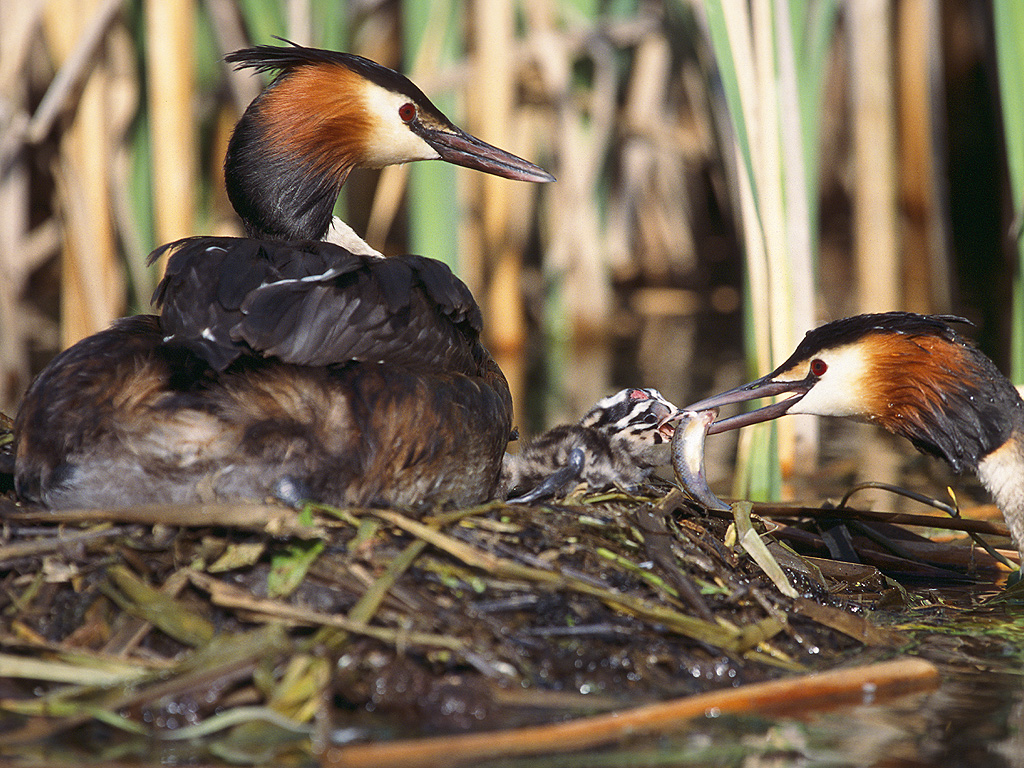
Order:
PodicipediformesFamily:
Podicipedidae
Grebes are small to medium-large freshwater diving birds. They have lobed toes and are excellent swimmers and divers. However, they have their feet placed far back on the body, making them quite ungainly on land.
Oystercatchers

Order:
CharadriiformesFamily:
Haematopodidae
The
oystercatchers are large and noisy
plover-like birds, with strong bills used for smashing or prising open
mollusc
Mollusca is the second-largest phylum of invertebrate animals after the Arthropoda, the members of which are known as molluscs or mollusks (). Around 85,000 extant species of molluscs are recognized. The number of fossil species is esti ...
s.
Plovers



Order:
CharadriiformesFamily:
Charadriidae
The family Charadriidae includes the
plovers,
dotterels, and
lapwings. They are small to medium-sized birds with compact bodies, short thick necks, and long, usually pointed, wings. They are found in open country worldwide, mostly in habitats near water.
Sandpipers, snipes


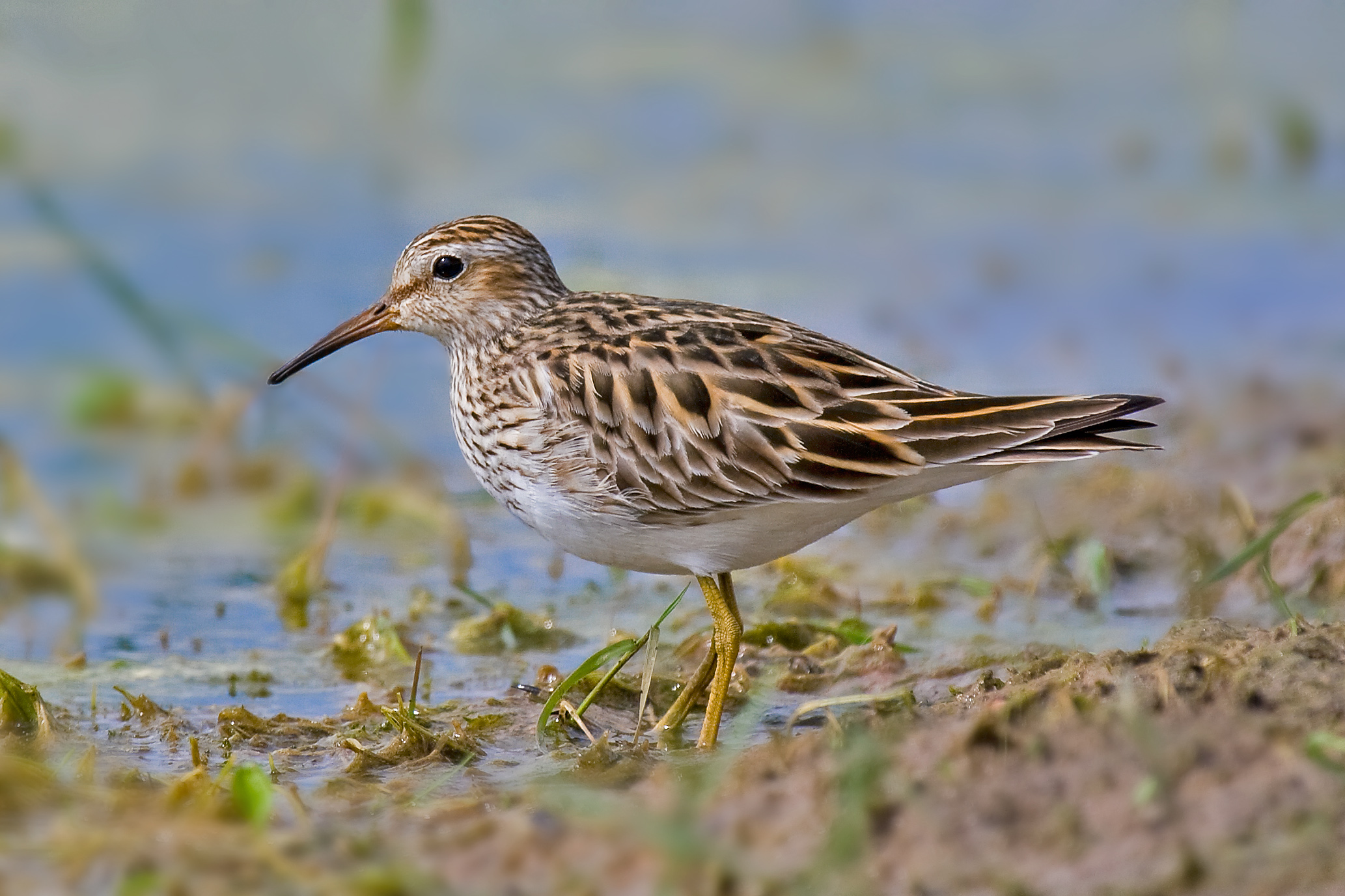

Order:
CharadriiformesFamily:
Scolopacidae
Sandpipers are a large family, Scolopacidae, of waders. They include many species called sandpipers, as well as those called by names such as curlew and snipe. The majority of these species eat small invertebrates picked out of the mud or soil. ...
Scolopacidae is a large diverse family of small to medium-sized shorebirds including the
sandpipers,
curlews,
godwits,
shanks,
tattlers,
woodcocks,
snipes,
dowitchers, and
phalarope
__NOTOC__
A phalarope is any of three living species of slender-necked shorebirds in the genus ''Phalaropus'' of the bird family Scolopacidae.
Phalaropes are close relatives of the shanks and tattlers, the ''Actitis'' and Terek sandpipers, a ...
s. The majority of these species eat small invertebrates picked out of the mud or soil. Variation in length of legs and bills enables multiple species to feed in the same habitat, particularly on the coast, without direct competition for food.
Gulls, terns, skimmers

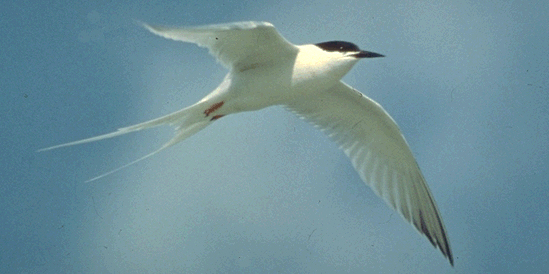
Order:
CharadriiformesFamily:
Laridae
Laridae is a family of medium to large seabirds, the
gulls,
terns, and
skimmer
Skimmer may refer to: Animals
*Skimmer (bird), a common name for birds in the genus ''Rynchops''
*Skimmer (dragonfly), a common name for dragonflies in the family Libellulidae
*Water strider or skimmer, a common name for insects in the family Ge ...
s. Gulls are typically grey or white, often with black markings on the head or wings. They have stout, longish bills and webbed feet. Terns are a group of generally medium to large seabirds typically with grey or white plumage, often with black markings on the head. Most terns hunt fish by diving but some pick insects off the surface of fresh water. Terns are generally long-lived birds, with several species known to live in excess of 30 years.
Skuas

Order:
CharadriiformesFamily:
Stercorariidae
The family Stercorariidae are, in general, medium to large birds, typically with grey or brown plumage, often with white markings on the wings. They nest on the ground in temperate and arctic regions and are long-distance migrants.
Auks

Order:
CharadriiformesFamily:
Alcidae
Alcids are superficially similar to penguins due to their black-and-white colours, their upright posture, and some of their habits. However, they are not related to the penguins and differ in being able to fly. Auks live on the open sea, only deliberately coming ashore to nest.
Loons

Order:
Gaviiformes
Gaviiformes is an order of aquatic birds containing the loons or divers and their closest extinct relatives. Modern gaviiformes are found in many parts of North America and northern Eurasia (Europe, Asia and debatably Africa), though prehistori ...
Family:
Gaviidae
Loons, also known as divers, are a group of aquatic birds found in many parts of North America and northern Europe. They are the size of a large duck or small goose, which they somewhat resemble in shape when swimming, but to which they are completely unrelated.
Northern storm petrels
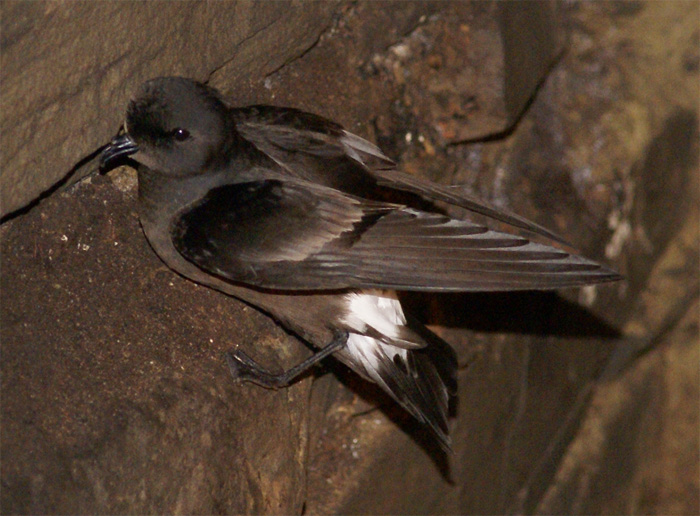
Order:
ProcellariiformesFamily:
Hydrobatidae
Though the members of this family are similar in many respects to the southern storm petrels, including their general appearance and habits, there are enough genetic differences to warrant their placement in a separate family.
Petrels, shearwaters, diving petrels
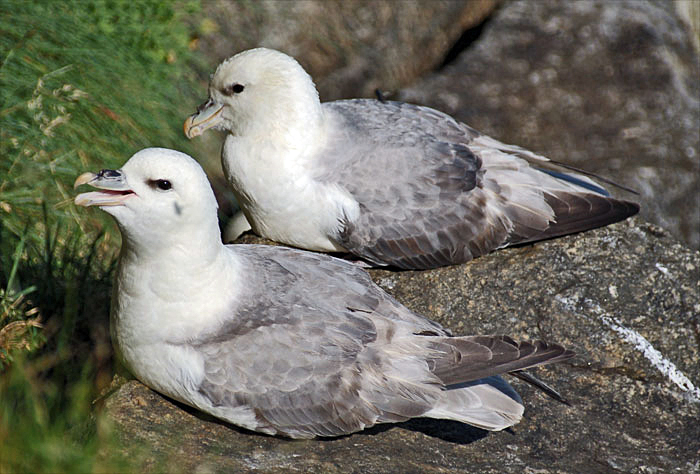
Order:
ProcellariiformesFamily:
Procellariidae
The procellariids are the main group of medium-sized "true petrels", characterised by united nostrils with medium septum and a long outer functional primary.
Gannets, boobies
Order:
SuliformesFamily:
Sulidae
The sulids comprise the
gannets and
boobies. Both groups are medium to large coastal seabirds that plunge-dive for fish.
Cormorants, shags

Order:
SuliformesFamily:
Phalacrocoracidae
Phalacrocoracidae is a family of medium to large coastal, fish-eating seabirds that includes cormorants and shags. Plumage colouration varies, with the majority having mainly dark plumage, some species being black-and-white and a few being colourful.
Herons, bitterns


Order:
PelecaniformesFamily:
Ardeidae
The family Ardeidae contains the
bitterns,
heron
The herons are long-legged, long-necked, freshwater and coastal birds in the family Ardeidae, with 72 recognised species, some of which are referred to as egrets or bitterns rather than herons. Members of the genera ''Botaurus'' and ''Ixobrychus ...
s, and
egrets. Herons and egrets are medium to large wading birds with long necks and legs. Bitterns tend to be shorter-necked and more wary. Members of Ardeidae fly with their necks retracted, unlike other long-necked birds such as storks, ibises, and spoonbills.
Osprey
Order:
AccipitriformesFamily:
Pandionidae
''Pandion'' is a genus of birds of prey, known as ospreys, the only genus of family Pandionidae. Most taxonomic treatments have regarded this genus as describing a single extant species, separated to subspecies or races, while some treatments rec ...
The family Pandionidae contains o species, the osprey. Ospreys are medium-large
raptors that are specialist fish-eaters.
Kites, hawks, eagles


Order:
AccipitriformesFamily:
Accipitridae
Accipitridae is a family of birds of prey which includes
hawk
Hawks are bird of prey, birds of prey of the family Accipitridae. They are widely distributed and are found on all continents except Antarctica.
* The subfamily Accipitrinae includes goshawks, sparrowhawks, sharp-shinned hawks and others. Th ...
s,
eagle
Eagle is the common name for many large birds of prey of the family Accipitridae. Eagles belong to several groups of genera, some of which are closely related. Most of the 68 species of eagle are from Eurasia and Africa. Outside this area, just ...
s,
kites,
harriers, and
Old World vulture
Old World vultures are vultures that are found in the Old World, i.e. the continents of Europe, Asia and Africa, and which belong to the family Accipitridae, which also includes eagles, buzzards, kites, and hawks.
Old World vultures are not clos ...
s. These birds have powerful hooked beaks for tearing flesh from their prey, strong legs, powerful talons, and keen eyesight.
Barn owls
Order:
StrigiformesFamily:
Tytonidae
Barn owl
The barn owl (''Tyto alba'') is the most widely distributed species of owl in the world and one of the most widespread of all species of birds, being found almost everywhere except for the polar and desert regions, Asia north of the Himalaya ...
s are medium to large owls with large heads and characteristic heart-shaped faces. They have long strong legs with powerful talons.
Owls

Order:
StrigiformesFamily:
Strigidae
The
typical owl
The true owls or typical owls (family Strigidae) are one of the two generally accepted families of owls, the other being the barn owls (Tytonidae). This large family comprises 230 living or recently extinct species in 24 genera. The typical owl ...
s are small to large solitary nocturnal birds of prey. They have large forward-facing eyes and ears, a hawk-like beak, and a conspicuous circle of feathers around each eye called a facial disk.
Kingfishers

Order:
CoraciiformesFamily:
Alcedinidae
Kingfishers are medium-sized birds with large heads, long pointed bills, short legs, and stubby tails.
Woodpeckers

Order:
PiciformesFamily:
Picidae
Woodpeckers are part of the bird family Picidae, which also includes the piculets, wrynecks, and sapsuckers. Members of this family are found worldwide, except for Australia, New Guinea, New Zealand, Madagascar, and the extreme polar regions. M ...
Woodpeckers are small to medium-sized birds with chisel-like beaks, short legs, stiff tails, and long tongues used for capturing insects. Some species have feet with two toes pointing forward and two backward, while several species have only three toes. Many woodpeckers have the habit of tapping noisily on tree trunks with their beaks. Great spotted woodpecker has started breeding in recent years.
Caracaras, falcons

Order:
FalconiformesFamily:
Falconidae
The falcons and caracaras are around 60 species of diurnal birds of prey that make up the family Falconidae (representing all extant species in the order Falconiformes). The family is divided into three subfamilies, Herpetotherinae, which inclu ...
Falconidae is a family of diurnal birds of prey. They differ from hawks, eagles, and kites in that they kill with their beaks instead of their talons.
Crows, jays

Order:
PasseriformesFamily:
Corvidae
The family Corvidae includes
crows,
raven
A raven is any of several larger-bodied bird species of the genus ''Corvus''. These species do not form a single taxonomic group within the genus. There is no consistent distinction between "crows" and "ravens", common names which are assigned t ...
s,
jackdaws,
jay
A jay is a member of a number of species of medium-sized, usually colorful and noisy, passerine birds in the Crow family (biology), family, Corvidae. The evolutionary relationships between the jays and the magpies are rather complex. For examp ...
s,
choughs,
magpie
Magpies are birds of the Corvidae family. Like other members of their family, they are widely considered to be intelligent creatures. The Eurasian magpie, for instance, is thought to rank among the world's most intelligent creatures, and is one ...
s,
treepies,
nutcrackers, and
ground jay
The ground jays or ground choughs belong to a distinct group of the passerine order of birds in the genus ''Podoces'' of the crow family Corvidae. They inhabit high altitude semi-desert areas from central Asia to Mongolia.
Ground jays show adapt ...
s. Corvids are above average in size among the Passeriformes, and some of the larger species show high levels of intelligence.
Tits, chickadees

Order:
PasseriformesFamily:
Paridae
The Paridae are mainly small stocky woodland species with short stout bills. Some have crests. They are adaptable birds, with a mixed diet including seeds and insects.
Bearded reedling
Order:
PasseriformesFamily:
Panuridae
This species, the only one in its family, is found in reed beds throughout temperate Europe and Asia.
Larks
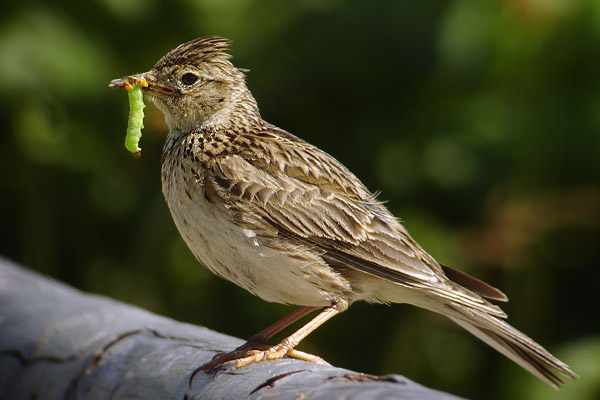
Order:
PasseriformesFamily:
Alaudidae
Larks are small terrestrial birds with often extravagant songs and display flights. Most larks are fairly dull in appearance. Their food is insects and seeds.
Swallows, martins

Order:
PasseriformesFamily:
Hirundinidae
The family Hirundinidae is adapted to aerial feeding. They have a slender streamlined body, long pointed wings, and a short bill with a wide gape. The feet are adapted to perching rather than walking, and the front toes are partially joined at the base.
Bushtits

Order:
PasseriformesFamily:
Aegithalidae
Long-tailed tits are a group of small passerine birds with medium to long tails. They make woven bag nests in trees. Most eat a mixed diet which includes insects.
Leaf warblers and allies
Order:
PasseriformesFamily:
Phylloscopidae
Leaf warblers are a family of small insectivorous birds found mostly in Eurasia and ranging into
Wallacea and Africa. The species are of various sizes, often green-plumaged above and yellow below, or more subdued with greyish-green to greyish-brown colors.
Reed warblers and allies
Order:
PasseriformesFamily:
Acrocephalidae
The members of this family are usually rather large for "warblers". Most are rather plain olivaceous brown above with much yellow to beige below. They are usually found in open woodland, reedbeds, or tall grass. The family occurs mostly in southern to western Eurasia and surroundings, but it also ranges far into the Pacific, with some species in Africa.
Grassbirds and allies
Order:
PasseriformesFamily:
Locustellidae
Locustellidae is a newly recognized family of small insectivorous songbirds ("warblers"), formerly placed in the Old World warbler "wastebin" family. It contains the grass warblers, grassbirds, and the ''Bradypterus'' "bush warblers". These bird ...
Locustellidae are a family of small insectivorous songbirds found mainly in Eurasia, Africa, and the Australian region. They are smallish birds with tails that are usually long and pointed, and tend to be drab brownish or buffy all over.
Sylviid babblers
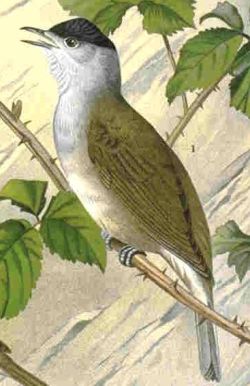
Order:
PasseriformesFamily:
Sylviidae
The family Sylviidae is a group of small insectivorous passerine birds. They mainly occur as breeding species, as another common name (Old World warblers) implies, in Europe, Asia, and, to a lesser extent, Africa. Most are of generally undistinguished appearance, but many have distinctive songs.
Goldcrests, kinglets
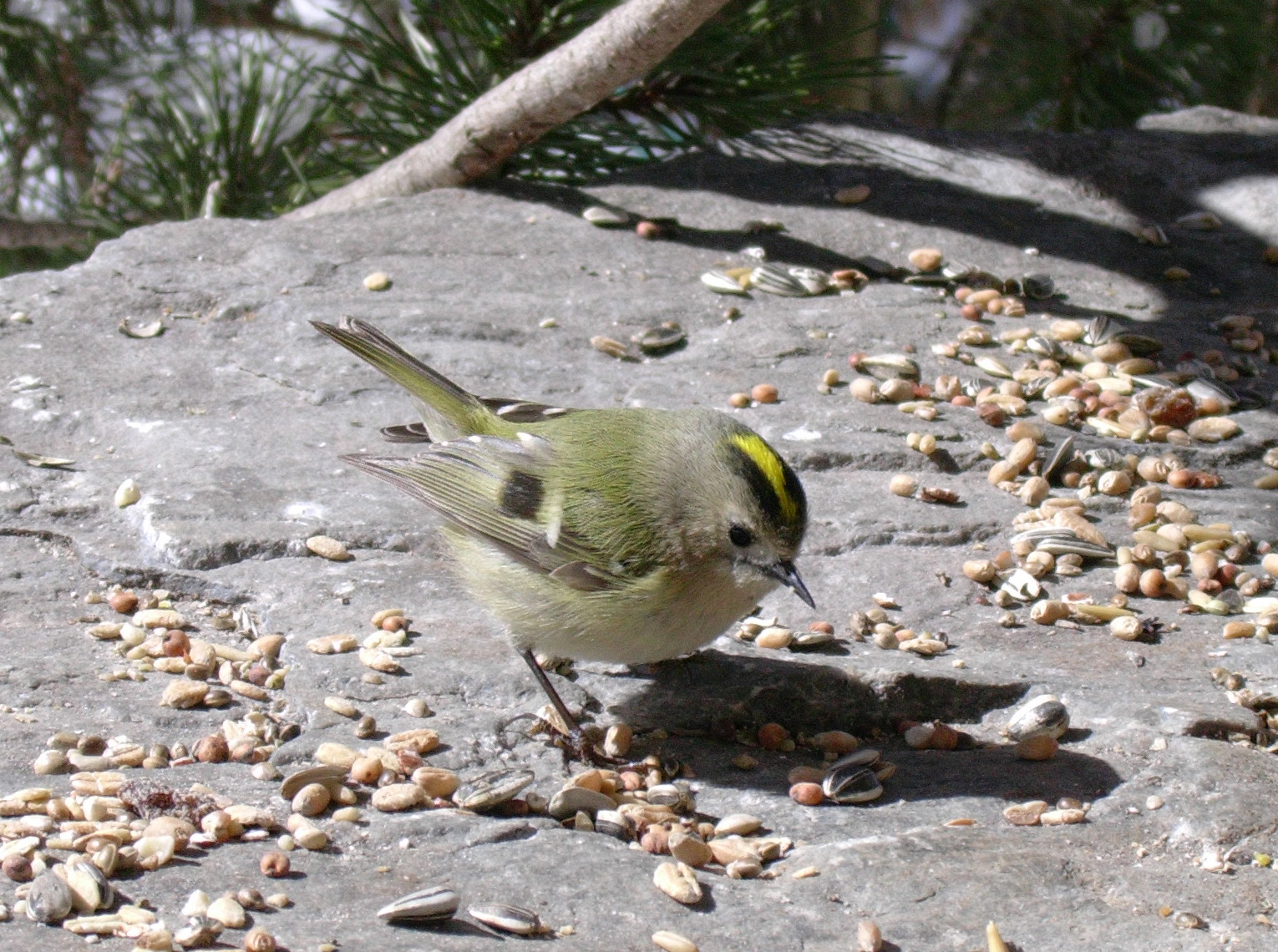
Order:
PasseriformesFamily:
Regulidae
A kinglet is a small bird in the family Regulidae. Species in this family were formerly classified with the Old World warblers. "Regulidae" is derived from the Latin word ''regulus'' for "petty king" or prince, and refers to the coloured crowns ...
The kinglets, also called crests, are a small group of birds which were sometimes included in the Old World warblers, family Sylviidae.
Wrens

Order:
PasseriformesFamily:
Troglodytidae
The
wren
Wrens are a family of brown passerine birds in the predominantly New World family Troglodytidae. The family includes 88 species divided into 19 genera. Only the Eurasian wren occurs in the Old World, where, in Anglophone regions, it is commonly ...
s are mainly small and inconspicuous except for their loud songs. These birds have short wings and thin down-turned bills. Several species often hold their tails upright. All are insectivorous.
Treecreepers
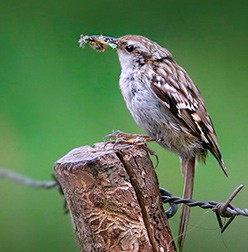
Order:
PasseriformesFamily:
Certhiidae
Treecreepers are small woodland birds, brown above and white below. They have thin pointed down-curved bills, which they use to extricate insects from bark. They have stiff tail feathers, like woodpeckers, which they use to support themselves on vertical trees.
Starlings, rhabdornis

Order:
PasseriformesFamily:
Sturnidae
Starlings are small to medium-sized passerine birds. Their flight is strong and direct and they are very gregarious. Their preferred habitat is fairly open country. They eat insects and fruit. Plumage is typically dark with a metallic sheen.
Thrushes

Order:
PasseriformesFamily:
Turdidae
The
thrushes are a group of passerine birds that occur mainly in the Old World. They are plump, soft plumaged, small to medium-sized insectivores or sometimes omnivores, often feeding on the ground. Many have attractive songs.
Chats, Old World flycatchers


Order:
PasseriformesFamily:
Muscicapidae
Old World flycatchers are a large family of mainly small arboreal insectivores. The appearance of these birds is highly varied, but they mostly have weak songs and harsh calls.
Dippers

Order:
PasseriformesFamily:
Cinclidae
Dippers are a group of perching birds whose habitat includes aquatic environments in the Americas, Europe, and Asia. They are named for their bobbing or dipping movements.
Old World sparrows, snowfinches

Order:
PasseriformesFamily:
Passeridae
Sparrow
Sparrow may refer to:
Birds
* Old World sparrows, family Passeridae
* New World sparrows, family Passerellidae
* two species in the Passerine family Estrildidae:
** Java sparrow
** Timor sparrow
* Hedge sparrow, also known as the dunnock or hedg ...
s are small passerine birds. In general, sparrows tend to be small, plump, brown or grey birds with short tails and short powerful beaks. Sparrows are seed eaters, but they also consume small insects.
Accentors

Order:
PasseriformesFamily:
Prunellidae
The accentors are the only bird family which is completely endemic to the
Palearctic
The Palearctic or Palaearctic is the largest of the eight biogeographic realms of the Earth. It stretches across all of Eurasia north of the foothills of the Himalayas, and North Africa.
The realm consists of several bioregions: the Euro-Sibe ...
. They are small, fairly drab species superficially similar to Old World
sparrow
Sparrow may refer to:
Birds
* Old World sparrows, family Passeridae
* New World sparrows, family Passerellidae
* two species in the Passerine family Estrildidae:
** Java sparrow
** Timor sparrow
* Hedge sparrow, also known as the dunnock or hedg ...
s.
Wagtails, pipits

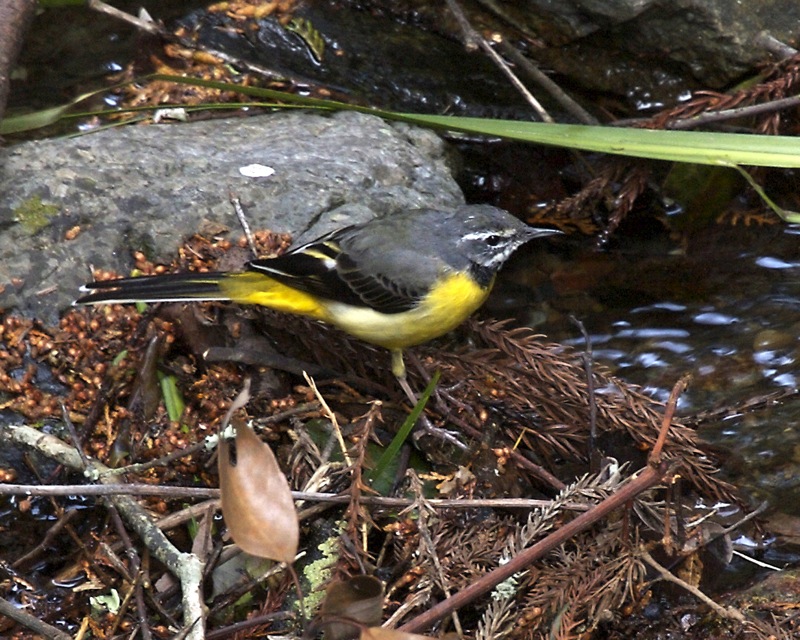
Order:
PasseriformesFamily:
Motacillidae
The wagtails, longclaws, and pipits are a family, Motacillidae, of small passerine birds with medium to long tails. Around 70 species occur in five genera. The longclaws are entirely restricted to the Afrotropics, and the wagtails are predominan ...
Motacillidae is a family of small passerine birds with medium to long tails. They include the wagtails, longclaws and pipits. They are slender, ground feeding insectivores of open country.
Two subspecies of
white wagtail occur in Ireland:
* ''Motacilla alba yarrelli'', "pied wagtail", a common breeding resident.
* ''M. a. alba'',
nominate subspecies
In biological classification, subspecies is a rank below species, used for populations that live in different areas and vary in size, shape, or other physical characteristics (morphology), but that can successfully interbreed. Not all species ...
occurring as a migrant.
Finches, euphonias
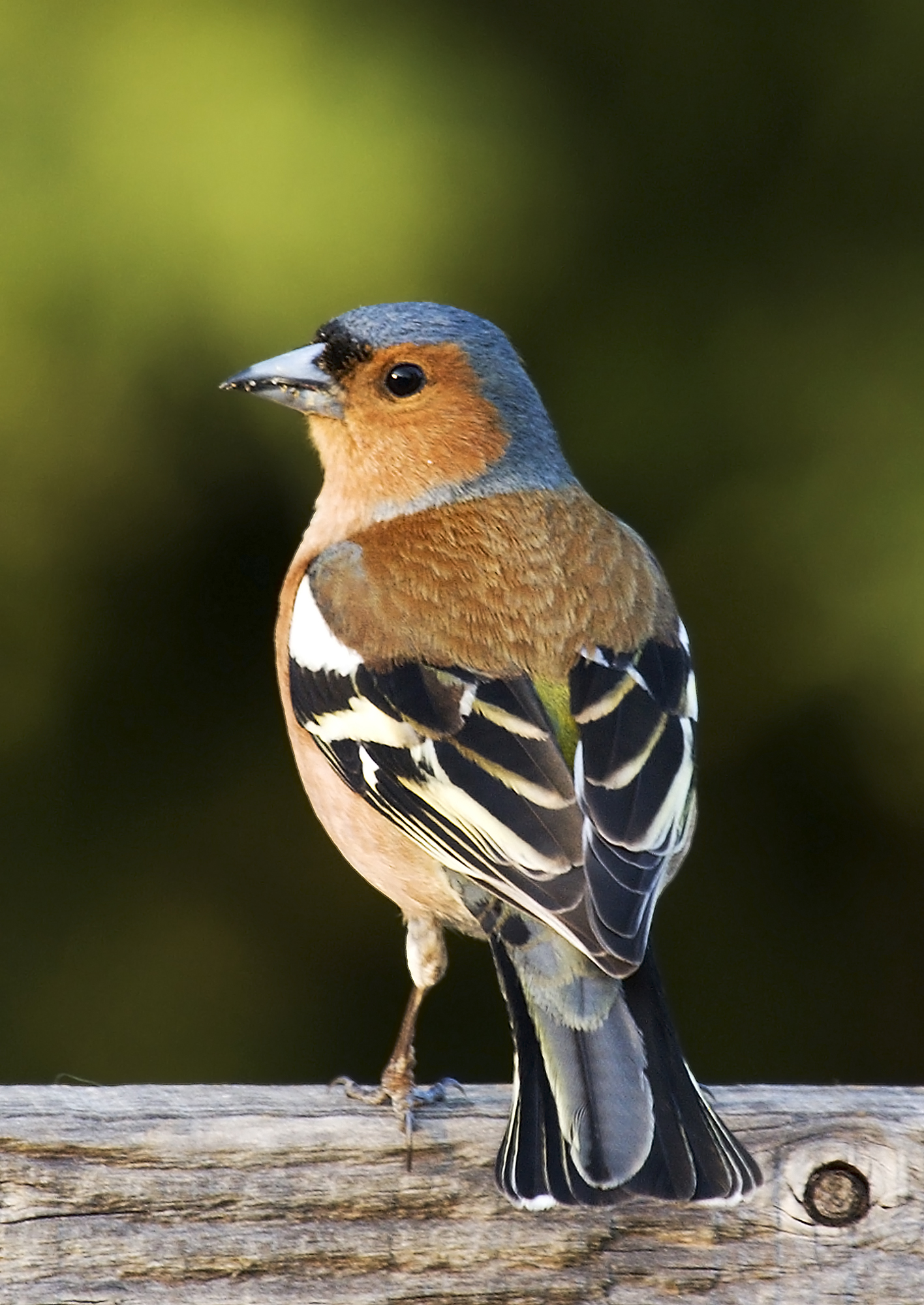
Order:
PasseriformesFamily:
Fringillidae
Finches are seed-eating passerine birds that are small to moderately large and have a strong beak, usually conical and in some species very large. All have twelve tail feathers and nine primaries. These birds have a bouncing flight with alternating bouts of flapping and gliding on closed wings, and most sing well.
Longspurs, snow buntings
Order:
PasseriformesFamily:
Calcariidae
The Calcariidae are a group of passerine birds that had been traditionally grouped with the New World sparrows, but differ in a number of respects and are usually found in open grassy areas.
Buntings

Order:
PasseriformesFamily:
Emberizidae
Emberizidae is a family of passerine birds containing a single genus. Until 2017, the New World sparrows (Passerellidae) were also considered part of this family.
Notes
References
* Dempsey, Eric & O'Clery, Michael (1995). ''Pocket Guide to the Common Birds of Ireland''. Gill & Macmillan Ltd, Dublin.
* Dempsey, Eric & O'Clery, Michael (2007). ''Finding Birds in Ireland: The Complete Guide''. Gill & Macmillan Ltd, Dublin.
See also
*
List of birds
This article lists living orders and families of birds. The links below should then lead to family accounts and hence to individual species.
The passerines (perching birds) alone account for well over 5,000 species. In total there are about 1 ...
*
Lists of birds by region
External links
*
National Biodiversity Network
The National Biodiversity Network (UK) (NBN) is a collaborative venture set up in 2000 in the United Kingdom committed to making biodiversity information available through various media, including on the internet via the NBN Atlas—the data searc ...
br>
Distribution Maps (Ongoing)
OiseauxIreland page. Many photos. Not all species.
Irish BirdingLatest sightings.
Irish Rare Birds CommitteeNIBWA
Northern Ireland Bird watchers Association.
NIOC
Northern Ireland Ornithologists Club. Excellent photographs
Bird Guides
Irish list, county lists, latest sightings and photos.
RSPB
Royal Society for the Protection of Birds A-Z
{{Animals of Ireland
Lists of birds by country, Ireland
Birds
Birds are a group of warm-blooded vertebrates constituting the class Aves (), characterised by feathers, toothless beaked jaws, the laying of hard-shelled eggs, a high metabolic rate, a four-chambered heart, and a strong yet lightweigh ...
Ireland
Birds
Birds are a group of warm-blooded vertebrates constituting the class Aves (), characterised by feathers, toothless beaked jaws, the laying of hard-shelled eggs, a high metabolic rate, a four-chambered heart, and a strong yet lightweigh ...

 The avifauna of Ireland included a total of 522 species as of the end of 2019 according to the Irish Rare Birds Committee (IRBC). Of them, 183 are rare, and 14 of the rarities have not been seen in Ireland since 1950. Three species were either introduced to Ireland or came to Ireland from another introduced population.
Ireland has a relatively low diversity of breeding birds due to its isolation. Several species such as the tawny owl, Eurasian nuthatch and
The avifauna of Ireland included a total of 522 species as of the end of 2019 according to the Irish Rare Birds Committee (IRBC). Of them, 183 are rare, and 14 of the rarities have not been seen in Ireland since 1950. Three species were either introduced to Ireland or came to Ireland from another introduced population.
Ireland has a relatively low diversity of breeding birds due to its isolation. Several species such as the tawny owl, Eurasian nuthatch and 


 Order:
Order:  Order: GalliformesFamily:
Order: GalliformesFamily:  Order: ApodiformesFamily: Apodidae
Swifts are small birds which spend the majority of their lives flying. These birds have very short legs and never settle voluntarily on the ground, perching instead only on vertical surfaces. Many swifts have long swept-back wings which resemble a crescent or boomerang.
Order: ApodiformesFamily: Apodidae
Swifts are small birds which spend the majority of their lives flying. These birds have very short legs and never settle voluntarily on the ground, perching instead only on vertical surfaces. Many swifts have long swept-back wings which resemble a crescent or boomerang.
 Order: CuculiformesFamily: Cuculidae
The family Cuculidae includes cuckoos, roadrunners, and
Order: CuculiformesFamily: Cuculidae
The family Cuculidae includes cuckoos, roadrunners, and  Order: ColumbiformesFamily: Columbidae
Pigeons and doves are stout-bodied birds with short necks and short slender bills with a fleshy cere.
Order: ColumbiformesFamily: Columbidae
Pigeons and doves are stout-bodied birds with short necks and short slender bills with a fleshy cere.
 Order:
Order:  Order: PodicipediformesFamily: Podicipedidae
Grebes are small to medium-large freshwater diving birds. They have lobed toes and are excellent swimmers and divers. However, they have their feet placed far back on the body, making them quite ungainly on land.
Order: PodicipediformesFamily: Podicipedidae
Grebes are small to medium-large freshwater diving birds. They have lobed toes and are excellent swimmers and divers. However, they have their feet placed far back on the body, making them quite ungainly on land.
 Order: CharadriiformesFamily: Haematopodidae
The oystercatchers are large and noisy plover-like birds, with strong bills used for smashing or prising open
Order: CharadriiformesFamily: Haematopodidae
The oystercatchers are large and noisy plover-like birds, with strong bills used for smashing or prising open 

 Order: CharadriiformesFamily: Charadriidae
The family Charadriidae includes the plovers, dotterels, and lapwings. They are small to medium-sized birds with compact bodies, short thick necks, and long, usually pointed, wings. They are found in open country worldwide, mostly in habitats near water.
Order: CharadriiformesFamily: Charadriidae
The family Charadriidae includes the plovers, dotterels, and lapwings. They are small to medium-sized birds with compact bodies, short thick necks, and long, usually pointed, wings. They are found in open country worldwide, mostly in habitats near water.



 Order: CharadriiformesFamily:
Order: CharadriiformesFamily: 
 Order: CharadriiformesFamily: Laridae
Laridae is a family of medium to large seabirds, the gulls, terns, and
Order: CharadriiformesFamily: Laridae
Laridae is a family of medium to large seabirds, the gulls, terns, and  Order: CharadriiformesFamily: Stercorariidae
The family Stercorariidae are, in general, medium to large birds, typically with grey or brown plumage, often with white markings on the wings. They nest on the ground in temperate and arctic regions and are long-distance migrants.
Order: CharadriiformesFamily: Stercorariidae
The family Stercorariidae are, in general, medium to large birds, typically with grey or brown plumage, often with white markings on the wings. They nest on the ground in temperate and arctic regions and are long-distance migrants.
 Order: CharadriiformesFamily: Alcidae
Alcids are superficially similar to penguins due to their black-and-white colours, their upright posture, and some of their habits. However, they are not related to the penguins and differ in being able to fly. Auks live on the open sea, only deliberately coming ashore to nest.
Order: CharadriiformesFamily: Alcidae
Alcids are superficially similar to penguins due to their black-and-white colours, their upright posture, and some of their habits. However, they are not related to the penguins and differ in being able to fly. Auks live on the open sea, only deliberately coming ashore to nest.
 Order:
Order:  Order: ProcellariiformesFamily: Hydrobatidae
Though the members of this family are similar in many respects to the southern storm petrels, including their general appearance and habits, there are enough genetic differences to warrant their placement in a separate family.
Order: ProcellariiformesFamily: Hydrobatidae
Though the members of this family are similar in many respects to the southern storm petrels, including their general appearance and habits, there are enough genetic differences to warrant their placement in a separate family.
 Order: ProcellariiformesFamily: Procellariidae
The procellariids are the main group of medium-sized "true petrels", characterised by united nostrils with medium septum and a long outer functional primary.
Order: ProcellariiformesFamily: Procellariidae
The procellariids are the main group of medium-sized "true petrels", characterised by united nostrils with medium septum and a long outer functional primary.
 Order: SuliformesFamily: Phalacrocoracidae
Phalacrocoracidae is a family of medium to large coastal, fish-eating seabirds that includes cormorants and shags. Plumage colouration varies, with the majority having mainly dark plumage, some species being black-and-white and a few being colourful.
Order: SuliformesFamily: Phalacrocoracidae
Phalacrocoracidae is a family of medium to large coastal, fish-eating seabirds that includes cormorants and shags. Plumage colouration varies, with the majority having mainly dark plumage, some species being black-and-white and a few being colourful.

 Order: PelecaniformesFamily: Ardeidae
The family Ardeidae contains the bitterns,
Order: PelecaniformesFamily: Ardeidae
The family Ardeidae contains the bitterns, 
 Order: AccipitriformesFamily: Accipitridae
Accipitridae is a family of birds of prey which includes
Order: AccipitriformesFamily: Accipitridae
Accipitridae is a family of birds of prey which includes  Order: StrigiformesFamily: Strigidae
The
Order: StrigiformesFamily: Strigidae
The  Order: CoraciiformesFamily: Alcedinidae
Kingfishers are medium-sized birds with large heads, long pointed bills, short legs, and stubby tails.
Order: CoraciiformesFamily: Alcedinidae
Kingfishers are medium-sized birds with large heads, long pointed bills, short legs, and stubby tails.
 Order: PiciformesFamily:
Order: PiciformesFamily:  Order: FalconiformesFamily:
Order: FalconiformesFamily:  Order: PasseriformesFamily: Corvidae
The family Corvidae includes crows,
Order: PasseriformesFamily: Corvidae
The family Corvidae includes crows,  Order: PasseriformesFamily: Paridae
The Paridae are mainly small stocky woodland species with short stout bills. Some have crests. They are adaptable birds, with a mixed diet including seeds and insects.
Order: PasseriformesFamily: Paridae
The Paridae are mainly small stocky woodland species with short stout bills. Some have crests. They are adaptable birds, with a mixed diet including seeds and insects.
 Order: PasseriformesFamily: Alaudidae
Larks are small terrestrial birds with often extravagant songs and display flights. Most larks are fairly dull in appearance. Their food is insects and seeds.
Order: PasseriformesFamily: Alaudidae
Larks are small terrestrial birds with often extravagant songs and display flights. Most larks are fairly dull in appearance. Their food is insects and seeds.
 Order: PasseriformesFamily: Hirundinidae
The family Hirundinidae is adapted to aerial feeding. They have a slender streamlined body, long pointed wings, and a short bill with a wide gape. The feet are adapted to perching rather than walking, and the front toes are partially joined at the base.
Order: PasseriformesFamily: Hirundinidae
The family Hirundinidae is adapted to aerial feeding. They have a slender streamlined body, long pointed wings, and a short bill with a wide gape. The feet are adapted to perching rather than walking, and the front toes are partially joined at the base.
 Order: PasseriformesFamily: Aegithalidae
Long-tailed tits are a group of small passerine birds with medium to long tails. They make woven bag nests in trees. Most eat a mixed diet which includes insects.
Order: PasseriformesFamily: Aegithalidae
Long-tailed tits are a group of small passerine birds with medium to long tails. They make woven bag nests in trees. Most eat a mixed diet which includes insects.
 Order: PasseriformesFamily: Sylviidae
The family Sylviidae is a group of small insectivorous passerine birds. They mainly occur as breeding species, as another common name (Old World warblers) implies, in Europe, Asia, and, to a lesser extent, Africa. Most are of generally undistinguished appearance, but many have distinctive songs.
Order: PasseriformesFamily: Sylviidae
The family Sylviidae is a group of small insectivorous passerine birds. They mainly occur as breeding species, as another common name (Old World warblers) implies, in Europe, Asia, and, to a lesser extent, Africa. Most are of generally undistinguished appearance, but many have distinctive songs.
 Order: PasseriformesFamily:
Order: PasseriformesFamily:  Order: PasseriformesFamily: Troglodytidae
The
Order: PasseriformesFamily: Troglodytidae
The  Order: PasseriformesFamily: Certhiidae
Treecreepers are small woodland birds, brown above and white below. They have thin pointed down-curved bills, which they use to extricate insects from bark. They have stiff tail feathers, like woodpeckers, which they use to support themselves on vertical trees.
Order: PasseriformesFamily: Certhiidae
Treecreepers are small woodland birds, brown above and white below. They have thin pointed down-curved bills, which they use to extricate insects from bark. They have stiff tail feathers, like woodpeckers, which they use to support themselves on vertical trees.
 Order: PasseriformesFamily: Sturnidae
Starlings are small to medium-sized passerine birds. Their flight is strong and direct and they are very gregarious. Their preferred habitat is fairly open country. They eat insects and fruit. Plumage is typically dark with a metallic sheen.
Order: PasseriformesFamily: Sturnidae
Starlings are small to medium-sized passerine birds. Their flight is strong and direct and they are very gregarious. Their preferred habitat is fairly open country. They eat insects and fruit. Plumage is typically dark with a metallic sheen.
 Order: PasseriformesFamily: Turdidae
The thrushes are a group of passerine birds that occur mainly in the Old World. They are plump, soft plumaged, small to medium-sized insectivores or sometimes omnivores, often feeding on the ground. Many have attractive songs.
Order: PasseriformesFamily: Turdidae
The thrushes are a group of passerine birds that occur mainly in the Old World. They are plump, soft plumaged, small to medium-sized insectivores or sometimes omnivores, often feeding on the ground. Many have attractive songs.

 Order: PasseriformesFamily: Muscicapidae
Old World flycatchers are a large family of mainly small arboreal insectivores. The appearance of these birds is highly varied, but they mostly have weak songs and harsh calls.
Order: PasseriformesFamily: Muscicapidae
Old World flycatchers are a large family of mainly small arboreal insectivores. The appearance of these birds is highly varied, but they mostly have weak songs and harsh calls.
 Order: PasseriformesFamily: Cinclidae
Dippers are a group of perching birds whose habitat includes aquatic environments in the Americas, Europe, and Asia. They are named for their bobbing or dipping movements.
Order: PasseriformesFamily: Cinclidae
Dippers are a group of perching birds whose habitat includes aquatic environments in the Americas, Europe, and Asia. They are named for their bobbing or dipping movements.
 Order: PasseriformesFamily: Passeridae
Order: PasseriformesFamily: Passeridae
 Order: PasseriformesFamily: Prunellidae
The accentors are the only bird family which is completely endemic to the
Order: PasseriformesFamily: Prunellidae
The accentors are the only bird family which is completely endemic to the 
 Order: PasseriformesFamily:
Order: PasseriformesFamily:  Order: PasseriformesFamily: Fringillidae
Finches are seed-eating passerine birds that are small to moderately large and have a strong beak, usually conical and in some species very large. All have twelve tail feathers and nine primaries. These birds have a bouncing flight with alternating bouts of flapping and gliding on closed wings, and most sing well.
Order: PasseriformesFamily: Fringillidae
Finches are seed-eating passerine birds that are small to moderately large and have a strong beak, usually conical and in some species very large. All have twelve tail feathers and nine primaries. These birds have a bouncing flight with alternating bouts of flapping and gliding on closed wings, and most sing well.
 Order: PasseriformesFamily: Emberizidae
Emberizidae is a family of passerine birds containing a single genus. Until 2017, the New World sparrows (Passerellidae) were also considered part of this family.
Order: PasseriformesFamily: Emberizidae
Emberizidae is a family of passerine birds containing a single genus. Until 2017, the New World sparrows (Passerellidae) were also considered part of this family.